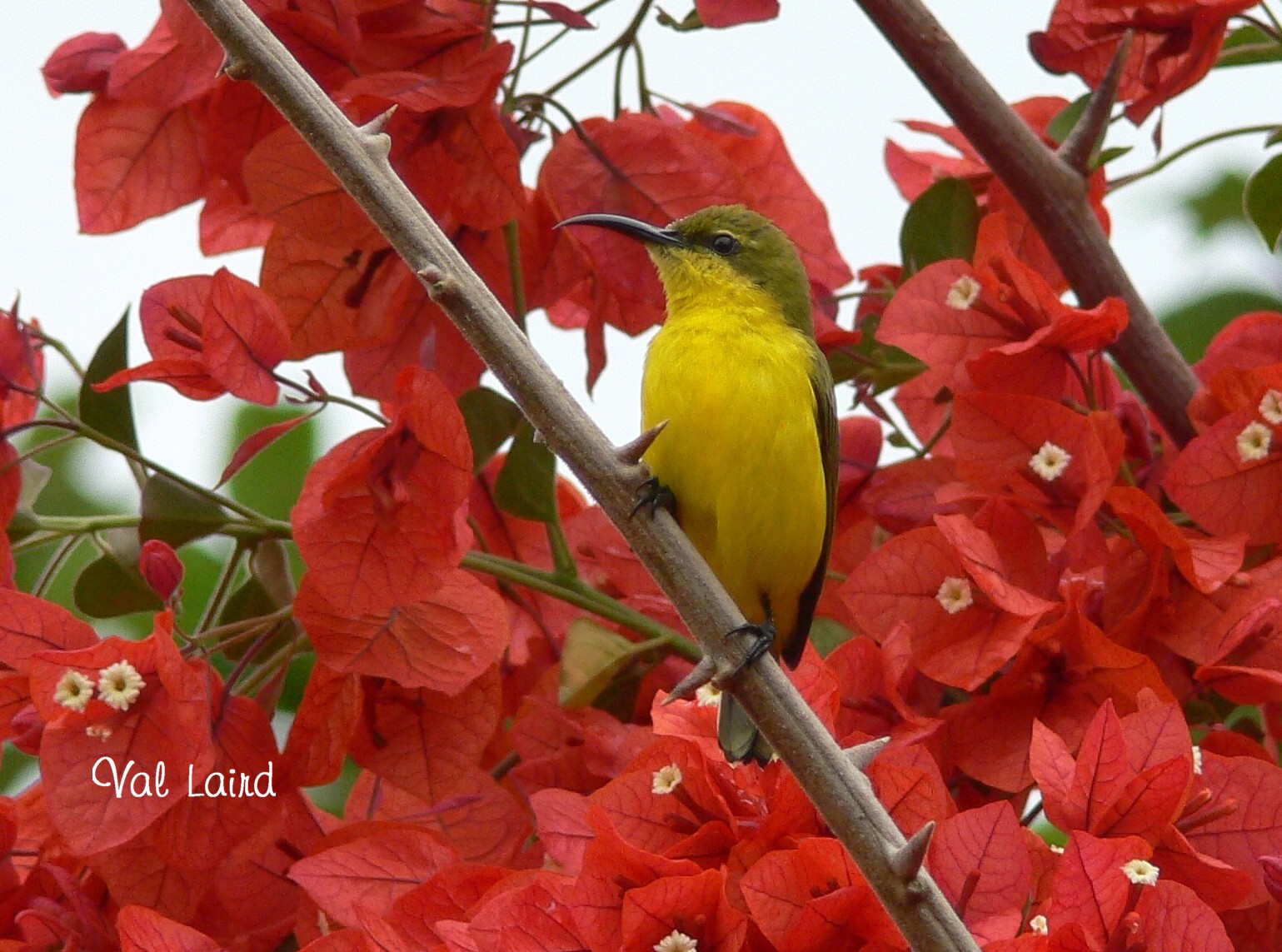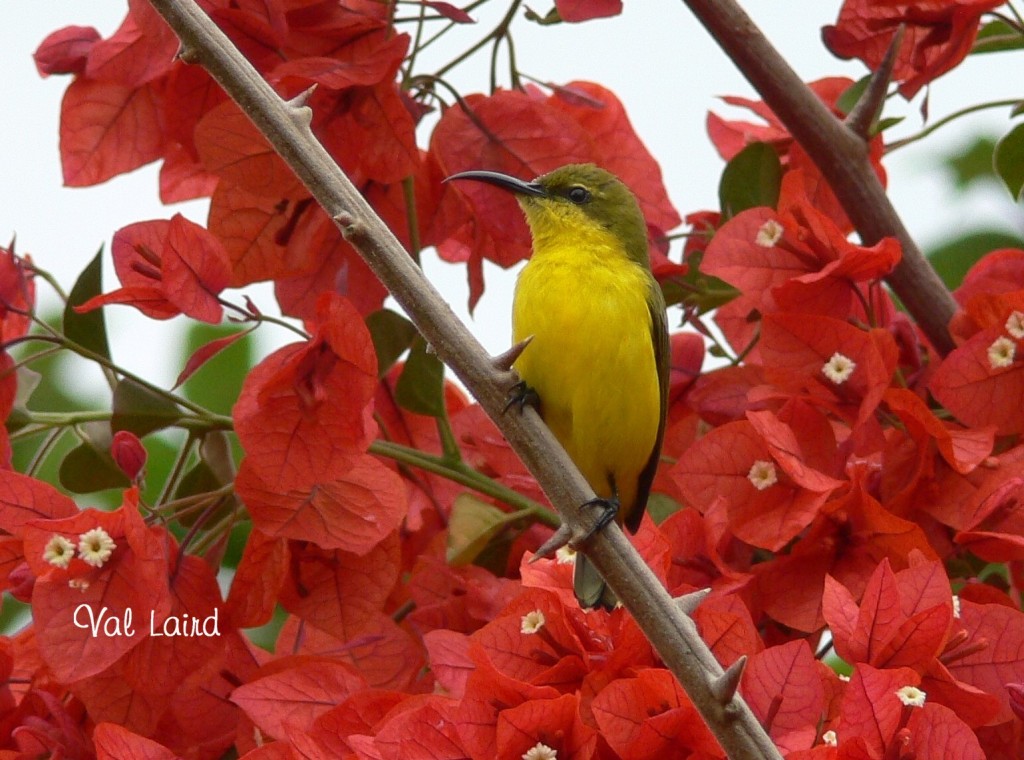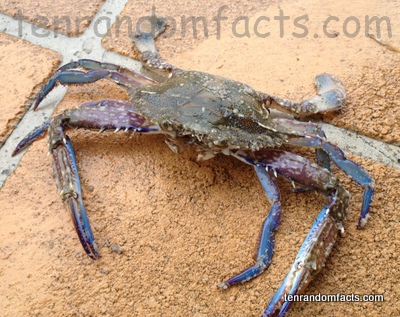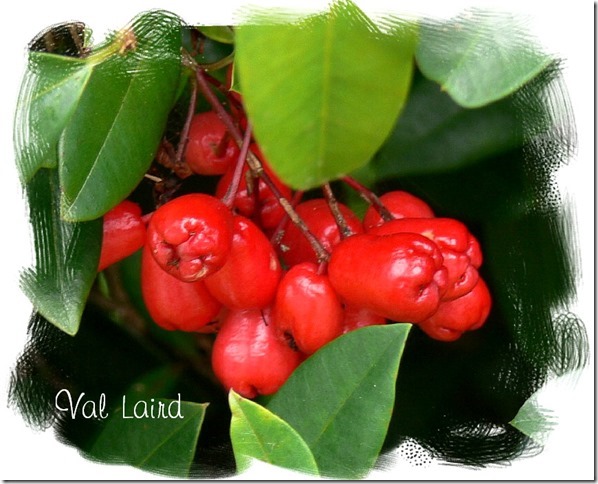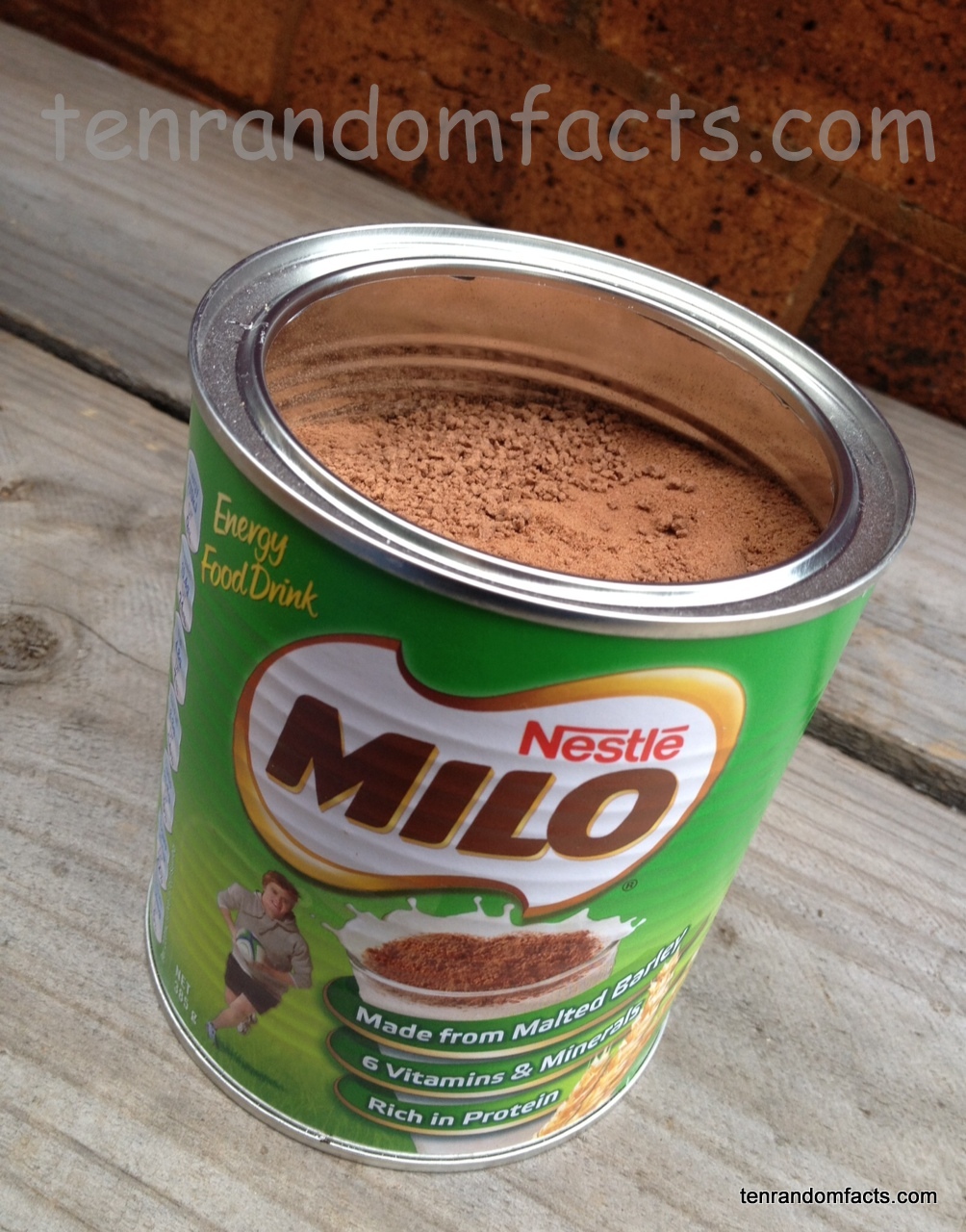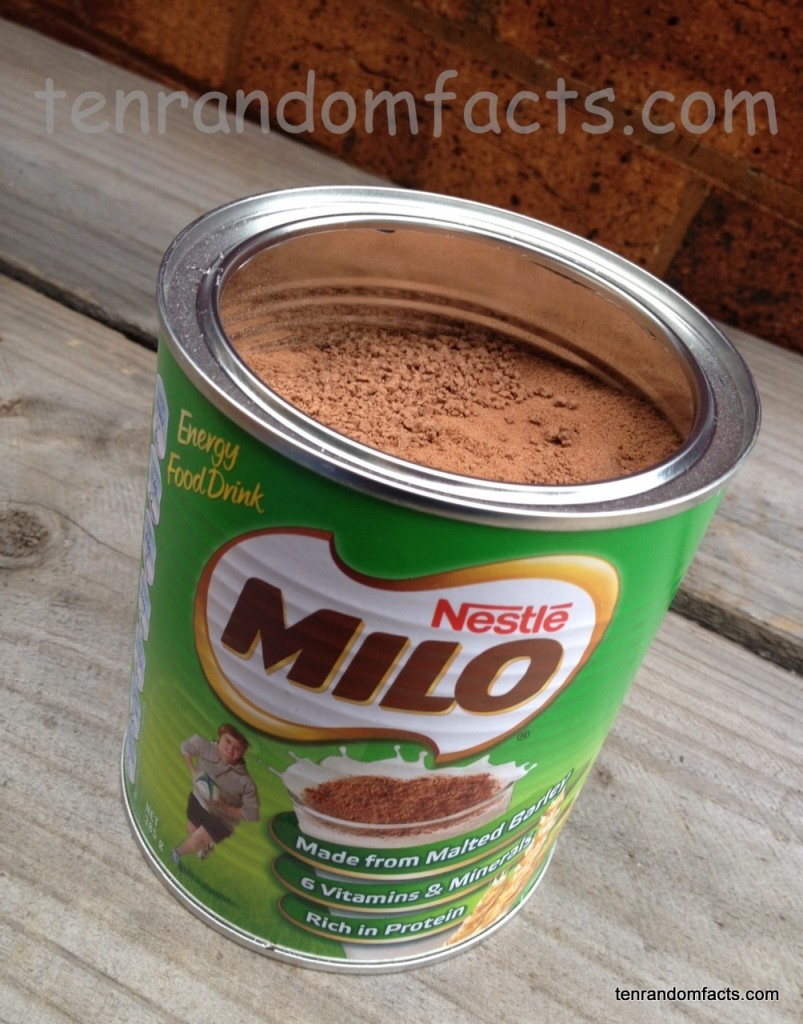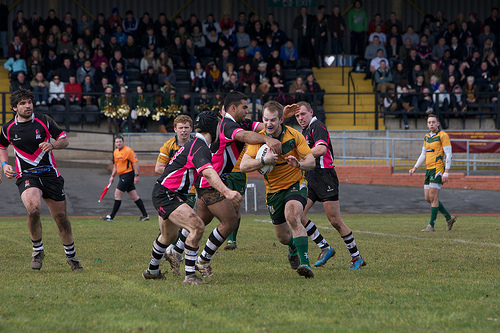
Remember, pass backwards and run fowards.
- Rugby league is a ball contact sport, that involves passing and kicking an oval shaped ball.
- Rugby league is a two team game; 13 players on each side.
- In rugby league, players score by landing the ball on the goal line, and this is called a ‘try’.
- Rugby league is most popular in Australia, New Zealand, England, Tonga, France and Papua New Guinea.
- Rugby league’s proper name is ‘rugby league football’ although it is also known as ‘league’, ‘rugby’, ‘footy’, ‘The Greatest Game of All’ and ‘NRL’ (in Australia) which stands for ‘National Rugby League’.
Rugby League
Image courtesy of Nottingham Trent University/Flickr
- Rugby league is played on a grassy rectangular field 68 x 116 metres (223 x 380 ft), and requires a high level of fitness due to the amount of running needed to play the game, and strength, to tackle and pull down an opponent.
- Rugby league is the national sport of Papua New Guinea.
- Rugby league was first played in England in 1895, and was originally called Northern Rugby Football Union, after it broke away from the Rugby Football Union, and changed some of its rules.
- Rugby league is often said to be the most rough team sport, and many injuries occur in rugby league, due to the tackling of opponents who are trying to run with, or pass the ball.
- In rugby league it is common to have a ‘scrum’, a formation of up to six people from each team, arms interlocked and heads down, pushing against each other to get the ball (that is passed in from underneath), through to their own side.




